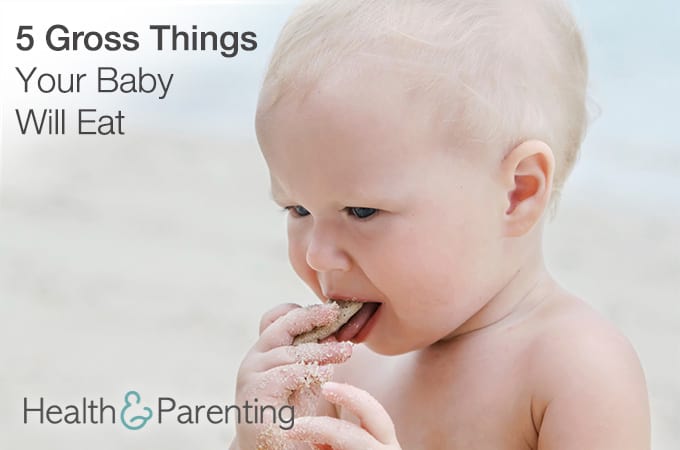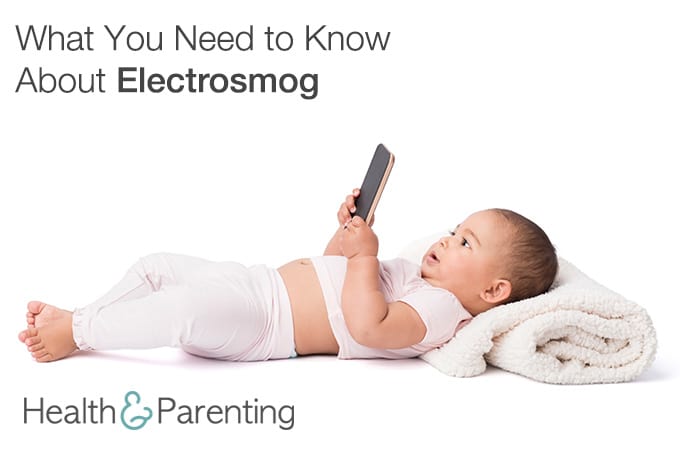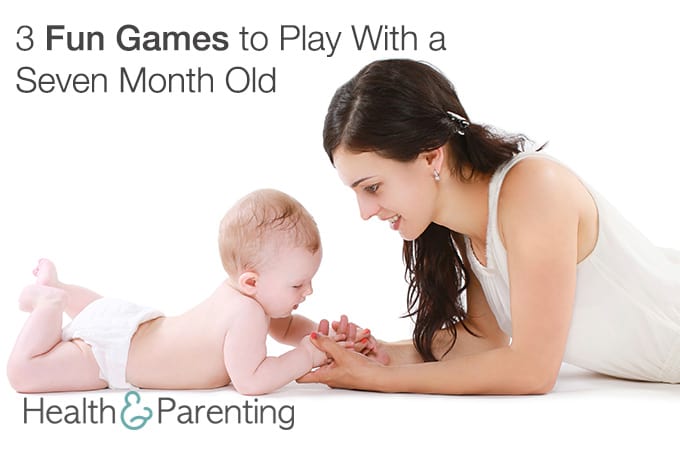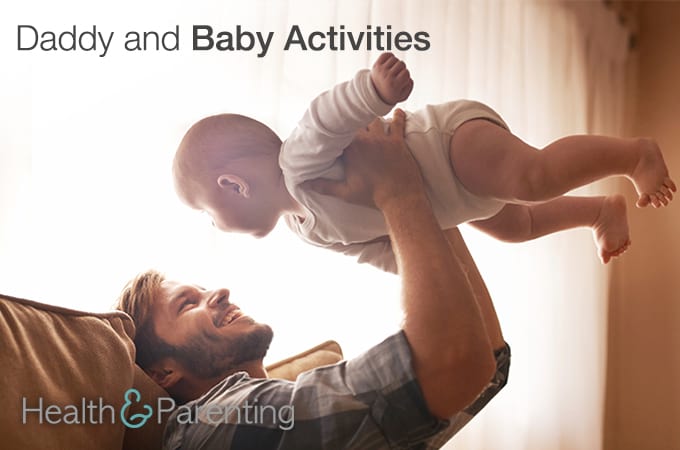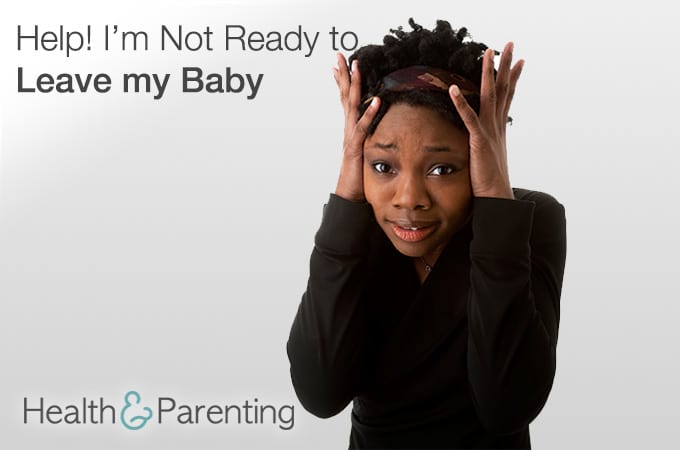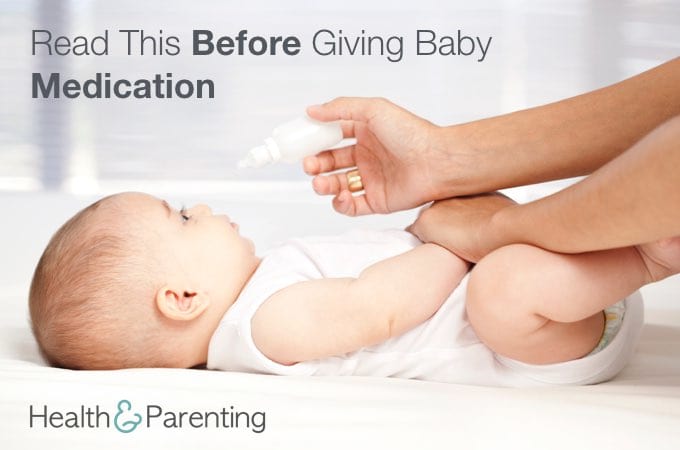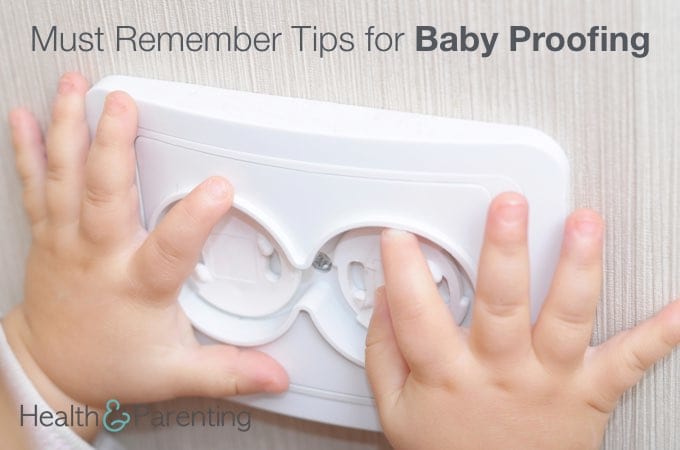Your baby loves to explore and what better way to explore than with your mouth, right? Every time he stumbles across something new, it goes straight in his mouth. This is devastating enough when it’s the remote for your new hi-fi system, but what about when it’s that new dust bunny from under the sofa? Yep, your baby is not a fussy eater, he’ll try and eat pretty much any non-food item available to him. Here are just a few of the gross things your baby will eat:
- Crayons
It doesn’t matter how wonderful a parent you are, at some point, you will walk into the room to find your child with a suspiciously blue tongue. Crayons are not food, but how is your baby supposed to know this without at least attempting to devour a full on? Luckily for you, most crayons are non-toxic these days so aside from the awkward explanations you’ll have to give at the grocery store checkout, your baby’s misdemeanor is unlikely to cause any problems.
- Nature
Ah, nature, so tasty. It’s a great idea to get your child out and about exploring nature. Not only do open spaces offer sensory experiences that can’t be recreated in your living room, but it may help to teach your child to love and appreciate nature. How? By proving to him just how tasty it is. Take your child to the beach and he’ll come home with a tummy full of sand. Take him to the countryside and he’ll chow down on some grass. Take him out to find autumn leaves and he’ll eat a few. Your job is to try and stop him doing so, but don’t worry, it’s an impossible task.
- Water
Water is a great drink. It’s the ultimate hydrating fluid and contains no sugar or empty calories. Sounds great, doesn’t it? But your baby won’t be drinking it from a sanitized water fountain, oh no. He’ll be taking huge mouthfuls of bathwater each and every time he bathes. You know, right after he’s peed in it. And when you take him swimming, he’ll be glugging away there too. Try as you might, you won’t convince him that not all water is for drinking. Try gently explaining that the water is yucky and redirect him to a more appropriate source of drinking water. One without pee in it, for example.
- Pet food
Well, if the dog can eat it, why can’t I? That’s baby logic, unfortunately. Dog biscuits are fun. They’re powdery and hard and smell weird. And they make a great sound when you drop them in the bowl. Oh, and they taste gross, but your baby isn’t fussy. If you have pet bowls in a family area, there’s a high chance your baby will sample pet food at some point. It’s not ideal, it certainly won’t be delicious but it’s unlikely to do your child any harm. If it keeps happening, you may need to relocate the pet food until your child has a more mature palate.
- His hands
Don’t worry, he’s not a cannibal, he just can’t stop sucking, chewing and generally slobbering all over his hands. While that may sound better than eating cat food, take a moment to consider all the things your baby’s hands have touched today. Your baby explores everything with his hands. From the cat’s tail to the mud at the bottom of the garden, your baby has touched it all. And, when you’re not looking, he sticks his hand into his diaper even when he’s done a number two. Those hands are about as germ-covered as it is possible for them to be, and yet your baby will happily munch away on them all day long. Yum.
What gross things have you caught your baby trying to eat?
Written by Fiona (@Fiona_Peacock), mother, writer and lover of all things baby related.
This information is not intended to replace the advice of a trained medical doctor. Health & Parenting Ltd disclaims any liability for the decisions you make based on this information, which is provided to you on a general information basis only and not as a substitute for personalized medical advice. All contents copyright © Health & Parenting Ltd 2016. All rights reserved.

